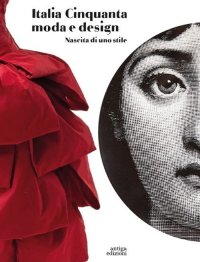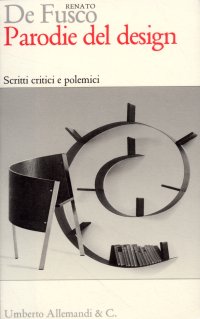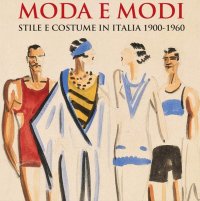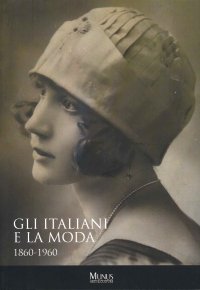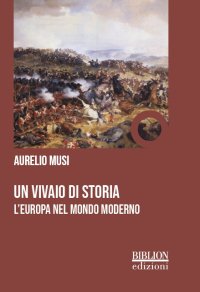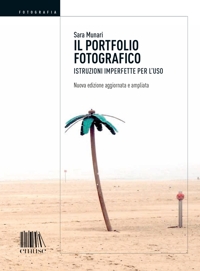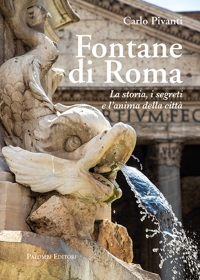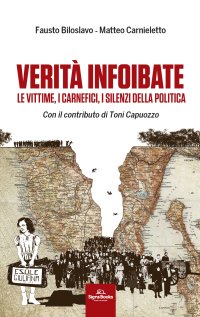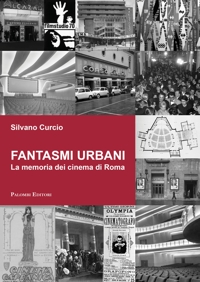Italia Cinquanta moda e design. Nascita di uno stile
Gorizia, Palazzo Attems Petzenstein, March 21 - August 27, 2023.
Edited by Sgubin Raffaella, Carla Cerutti and Enrico Minio Capucci.
Cornuda, 2023; hardback, pp. 336, col. ill., cm 20x26.
cover price: € 33.00
|
Books included in the offer:
Italia Cinquanta moda e design. Nascita di uno stile
Gorizia, Palazzo Attems Petzenstein, March 21 - August 27, 2023.
Edited by Sgubin Raffaella, Carla Cerutti and Enrico Minio Capucci.
Cornuda, 2023; hardback, pp. 336, col. ill., cm 20x26.
FREE (cover price: € 33.00)
Parodie del design. Scritti critici e polemici
Torino, 2008; paperback, pp. 94, 8 b/w ill., cm 12,5x19,5.
FREE (cover price: € 12.00)
Moda e modi. Stile e costume in Italia 1900-1960
Arezzo, Basilica di San Francesco, March 24 - November 4, 2018.
Roma, 2018; paperback, pp. 96, col. ill., cm 21,5x21,5.
FREE (cover price: € 25.00)
Gli italiani e la moda. 1860-1960
Stra, Museo Nazionale di Villa Pisani, April 8 - November 1, 2017.
Edited by Alberto Manodori Sagredo.
Roma, 2017; paperback, pp. 94, b/w ill., cm 16x23.
FREE (cover price: € 15.00)
Ombre e Luci (1920-1960). Volti del Cinema nei Ritratti di Manlio Villoresi. dall'Archivio Fotografico del Museo di Roma
Campisano Editore
Edited by Grella A. and Margiotta A.
Roma, Palazzo Braschi, 27 giugno - 28 ottobre 2012.
Roma, 2012; paperback, pp. 152, ill., b/w plates, cm 15x22.
(Fotografia).
series: Fotografia
ISBN: 88-88168-96-6 - EAN13: 9788888168968
Subject: Photography
Languages: 
Weight: 0.01 kg
The pictures from the late 1930s were influenced by contemporary taste for soft focus. The later ones, though, are less pictorial; they are often close-ups where Villoresi used a direct, naturalistic style, paying particular attention to capturing the subject's psychology. Theater and opera are represented by Eleonora Duse, Emma Gramatica, Ruggero Ruggeri, Antonio Gandusio and Mario Del Monaco. Italian cinema of the Fascist era is represented by Annibale Ninchi; his portrait is displayed next to those of actors who specialized in the "white telephones" genre, and of the great diva of the time, Doris Duranti. Next come portraits of Maria Mercader and Massimo Girotti. Anna Magnani's and Raf Vallone's take us back to the years of Neo-realism. The desire for renewal and light entertainment typical of several movies of the early 1950s is represented by Isa Barzizza and Franca Faldini, who acted in Totò's movies, while the young Vittorio Gassman, Anna Maria Ferrero and Marcello Mastroianni introduce us to Italian comedy and the "dolce vita" years. On the threshold of the economic boom of the 1960s, we relive the increasing popularity of Italian songs, with Domenico Modugno, and of television, where Paolo Carlini and Alberto Lupo.
Fausto Biloslavo; Matteo Carnieletto € 14.25
€ 15.00 -5 %






